Traditionally, the Canadian Grand Prix is not one where F1 teams do not introduce large aerodynamic packages, mainly for two reasons.
One is linked to the characteristics of the track, with the medium-speed corners in the first and second sectors coupled with the high-speed blast from the hairpin to the final chicane.
The second obvious reason is that the logistics of the trip across the North Atlantic are far more complex than for another European race, with the aerodynamic configuration chosen by teams practically the same as in Saudi Arabia, with slight adjustments to the trailing edge of the wings.
If the trend of not introducing large upgrades until teams get back to Europe is considered once again, two of the top teams introduced what might be termed as 'micro-aerodynamic' upgrades.
McLaren introduced a package with a focus on the front-end of the car, counter-balanced by some minor tweaks to the rear wing it introduced in Saudi Arabia.
Not only has the main plane of the front wing been modified, but at the base of the endplates, various vortex-generating 'curls' were introduced.
Described by some within the team as "mermaid tails", the six mini fins have the task of diverting airflow outside the front wheels - known as outwash.
Outwashing of air from the front wing was a key component of Brawn GP's early success in 2009, with the idea being to push the harmful, turbulent air outboard, thus being kept away from the leading edge of the floor, improving downforce.
It is a development which does not substantially modify the aerodynamic performance of the front wing, but actually has more of an impact on the floor of the car.
The article continues below.
Mercedes' upgrade
The second team to try and increase the efficiency of the floor was Mercedes.
Its upgrade directly concerned the lateral edge of the floor of the W16, in correspondence with the lateral expansion.
The team increased the number of vortex-generators to direct the air outwards, with the W16 showing a significant improvement in balance and kerb-riding throughout the weekend, both key to George Russell's pole position and victory.
Also interesting:
Join RacingNews365's Ian Parkes, Sam Coop and Nick Golding, as they dissect a controversial Canadian Grand Prix. Red Bull's rejected protest against George Russell's victory and the shock intra-team crash between Lando Norris and Oscar Piastri are main talking points.
Rather watch the podcast? Then click here!
Most read
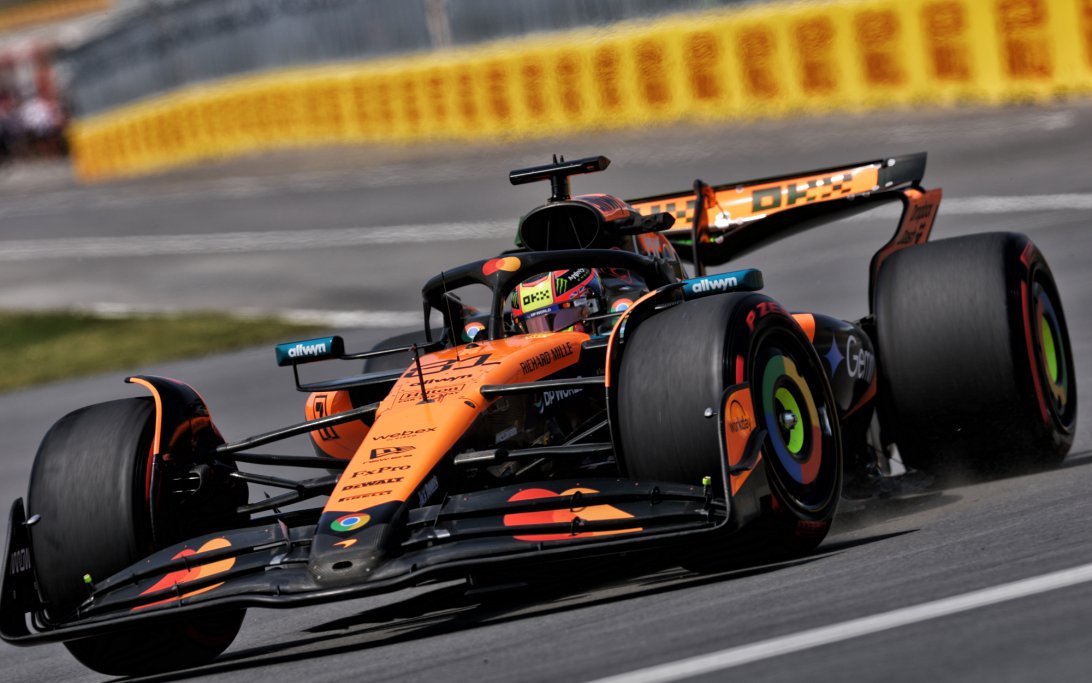
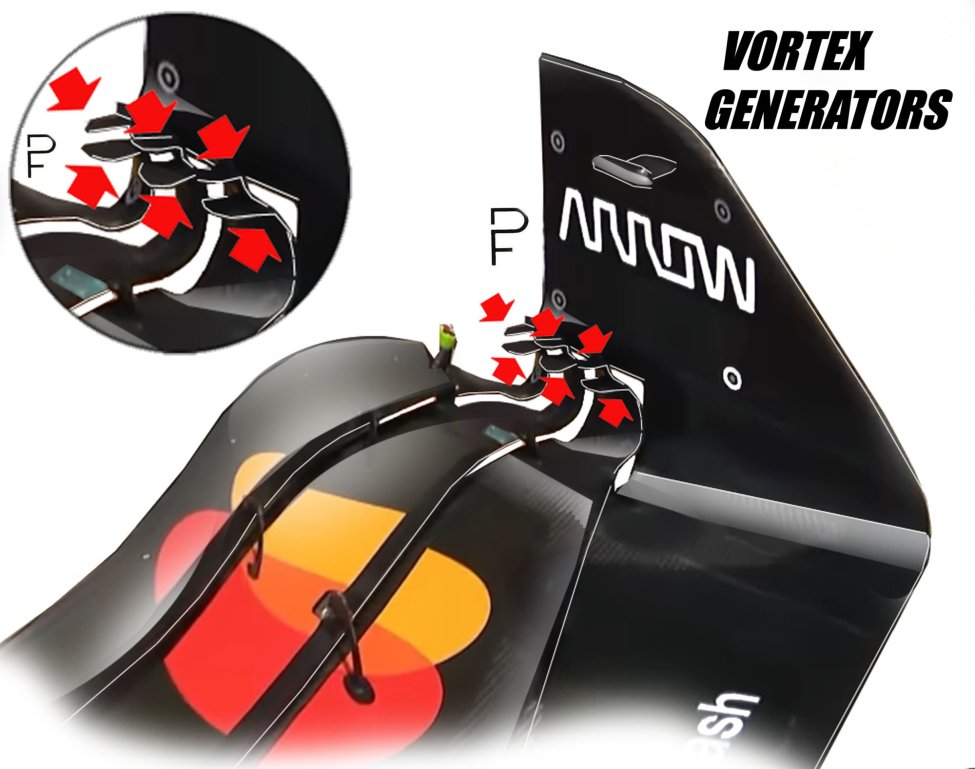
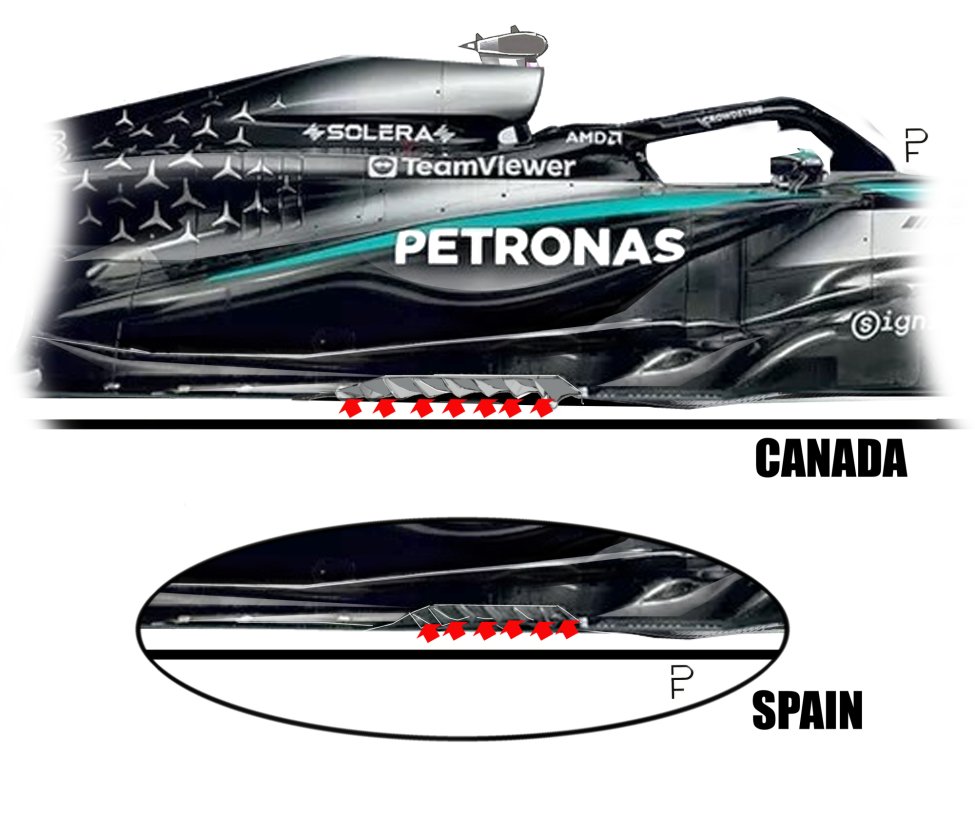


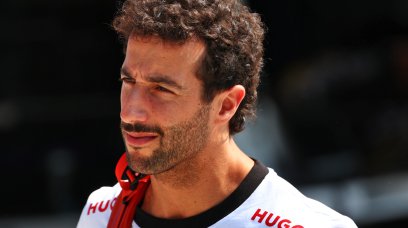









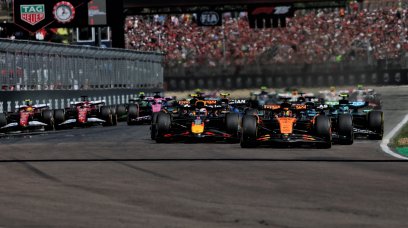












Join the conversation!